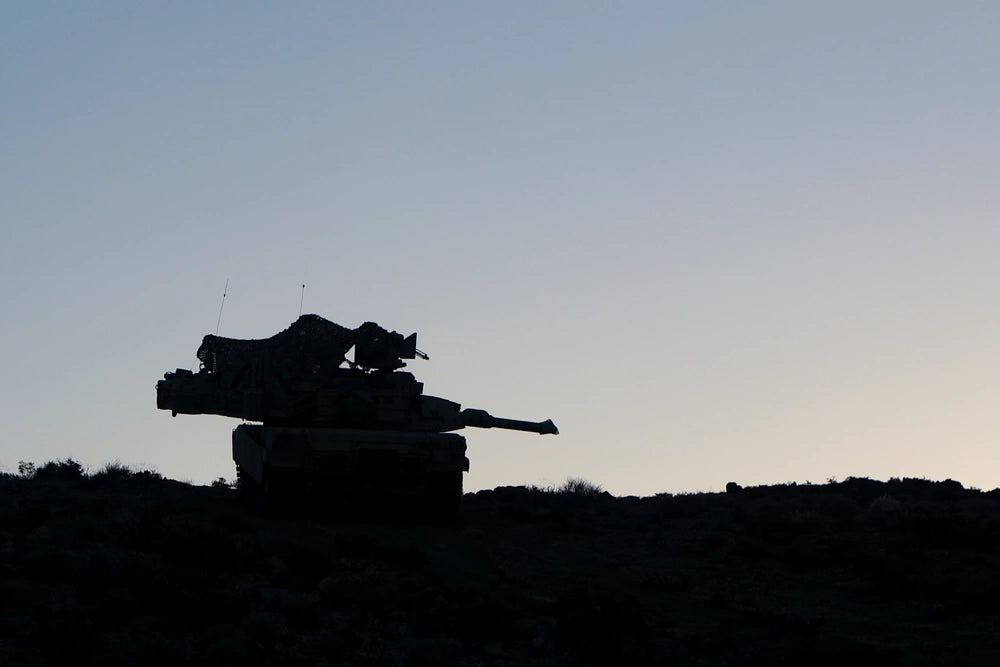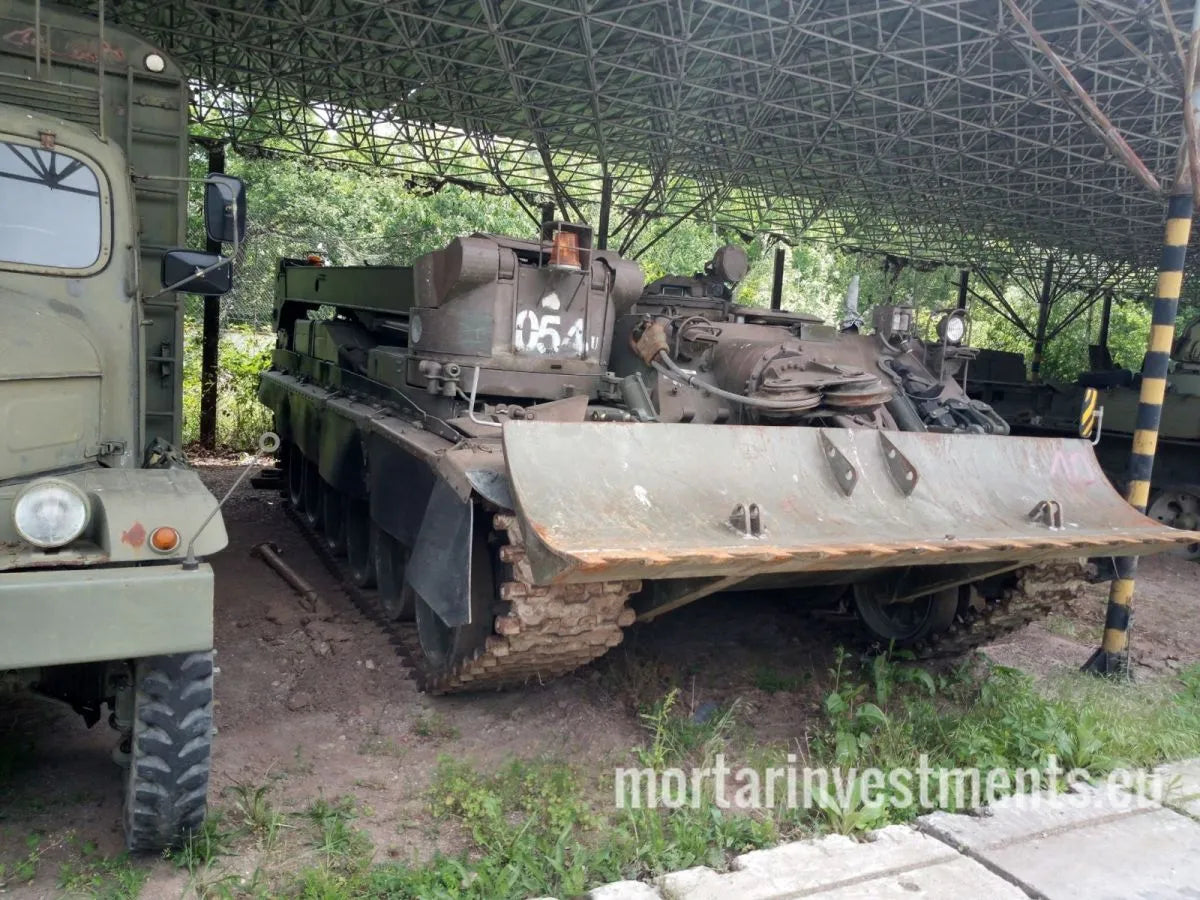By Wes O'Donnell, Veteran - US Army & USAF
From the mighty Soviet bear that kept countless NATO generals up at night during the Cold War, to today’s demoralized, poorly equipped, hollow shell with nuclear weapons, how did western military planners get Russia so wrong?
I’ll admit it… I was shocked. I believed the hype. After more than a month of fighting in Ukraine, the complete lack of professionalism on display by the Russian army surprised me and no doubt surprised thousands of other American veterans and commentators.
Since Putin came to power over two decades ago, the media has subjected us to stories of how Russia is modernizing their conventional (non-nuclear) military, creating super weapons, and investing in a fighting force capable of taking on NATO and the west.
Exhibit A – This New York Times article from two months ago which clearly has not aged well: Russia’s Military, Once Creaky, Is Modern and Lethal
Perhaps it was my fault – I had been raised all my life to prepare to fight the Russians. Movies like Red Dawn, Rocky IV, and even Top Gun sent countless 80s kids running to their local recruiter’s office ready to sign on the dotted line.
Personally, I joined for the college money – fighting Russians was just a bonus. After September 11th, 2001, terrorists became the new boogey men. But Russia was always there in the background, quietly rebuilding their military.
Or were they?

Soviet and Russian military expenditures in constant 2015 dollars (SIPRI figures) by Underlying lk CC BY-SA 4.0
The crumbling of the once proud Soviet army started even before the fall of the Soviet Union. From 1985 to 1991, Soviet leader Mikhail Gorbachev attempted to reduce the strain that the Army placed on economic demands. His government slowly started to shrink the size of the army.
After the collapse and the breakaway of numerous former Soviet states like Ukraine, Georgia, and Latvia, local Soviet military commanders swore allegiance to the new republics.
As you might well imagine, this act by itself completely devastated the command-and-control structure of the new Russian army – what was left of it anyways. Indeed, something very similar happened to the United States at the start of the Civil War.

The Red Army on the 1943–45 offensive. Public Domain.
After the Cold War officially ended, President Boris Yeltsin’s decree of November 2, 1993, stated that Russia "does not consider any other state to be its enemy," that the threat of a global war has drastically diminished, and that the main threat are local military conflicts.
Statements like these made it even more confusing for Russian leaders tasked with building a new Russian army.
How do we construct an army from scratch if we don’t know who we’re supposed to be fighting?
Enter Russian defense minister Pavel Grachev, an airborne commander in the Afghan war who was impressed by the strategic success of U.S.-lead Operation Desert Storm against Iraq in 1991. Grachev advocated for a small, elite mobile force that could respond quickly within Russia’s considerable land borders to any threat that might emerge.
Unfortunately, this reform was doomed to fail. Without clear-cut guidelines, not knowing what kind of enemy to counter, with President Yeltsin unwilling to give extensive political leadership to the army, and with completely insufficient funding, the Russian armed forces under Grachev had no chance of "reform" in any meaningful way.

Courtesy Mvs.gov.ua used under the Creative Commons Attribution 4.0 International license.
Enter Vladimir Vladimirovich Putin, former KGB officer and shirtless equine aficionado.
If the 1990s were an optimistic time for the possibility of a democratic Russia, the 2000s were downright depressing as the west watched with “growing concern” as Putin rolled back free elections and free speech.
Putin’s early priorities were all about setting up a structure which would ensure his longevity as Russia’s leader. But by October of 2008, he took another crack at military reform.
This new reform emphasized the need for reductions in personnel strength (quality over quantity), a gradual decrease in the use of conscripts in favor of professional soldiers, the creation of a professional NCO corps, and drastic changes to officer training and education, primarily the consolidation of 65 military schools into 10 ‘systemic’ military training centers.
This sounded good in theory, but Putin was sabotaged by his very allies – the members of the kleptocracy who grew rich beyond imagining at the expense of the Russian people.
Andrey Kozyrev, Russian foreign minister from 1990-1996, tweeted about the corruption that has hobbled the Russian military:
“The Kremlin spent the last 20 years trying to modernize its military. Much of that budget was stolen and spent on mega-yachts in Cyprus. But as a military advisor you cannot report that to the President. So, they reported lies to him instead. Potemkin military.”
Putin needed the corruption to aggregate absolute power to himself.
But it backfired.
That same corruption that helped him stay in power meant that his military wasn’t getting the upgrades, modernization that it desperately needed, or hell, even rations for soldiers that didn’t expire seven years ago.
The adverse impact of defense sector corruption on military effectiveness has been well documented.
Okay, so the Russian army is bad. So why did we all think that it was good?
Enter Russia’s (actually good) propaganda machine, combined with the gullibility of western media.
Understand that every western news organization, from CNN and Fox News to your grandma’s blog, exist in a perpetual state of “content starvation.” Even at corporations, content strategy now sits at the top of the marketing department.
Until AI takes over and starts producing killer content, there will be a need for human content creators and breaking news to satisfy the relentless 24-hour online news cycle.
Every time Russia tested some new weapon system, it made the front page of numerous mainstream news providers, and countless secondary blogs.
With the winding down of the Global War on Terror, western readers needed a new external threat to worry about. First it was China, and now with #PutinsFolly in Ukraine, Russia.
What’s more, Putin is said to have become insanely furious when his troops weren’t greeted with flowers in Ukraine.
That actually worries me most of all. It means Putin started to believe his own propaganda.
And if there is one single part of the Russian military that IS still modern and lethal, it’s their nuclear missile forces; albeit, not as lethal as the U.S. who have spent billions to modernize our nuclear triad.
Perhaps corruption has a limit: Uncle Shoigu needs a new Mediterranean villa, but he’s not willing to funnel money away from Russia’s only real deterrent… But the troops? F**k ‘em.
Defense Minister Sergei Shoigu has never spent a day in the military himself, after all. He has no loyalty to the Russian troops he sends to the slaughter in Ukrainian fields and towns.

U.S. propaganda poster from World War II — Public Domain. Interesting side note: This Russian soldier from 1944 was likely better equipped than today’s Russian soldier.
With the events in Ukraine, one thing has become absolutely clear: Putin and his cronies will not be able to use Russia’s conventional military as a credible threat of force anytime soon.
The 2022 Russian military is far cry from the Soviet Red Army that, once upon a time, made the European ground under their boots tremble.
Glory to Ukraine!
слава україні!




